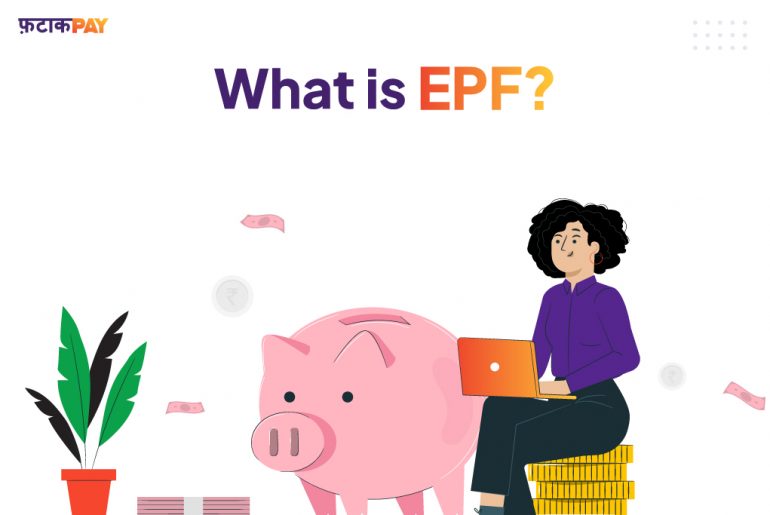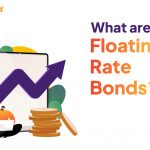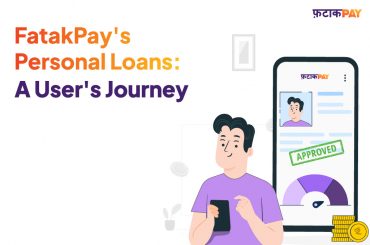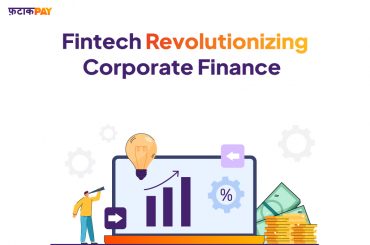When most of us invest, we primarily hope to accomplish three financial objectives: build wealth, have a steady income from a pension when we retire, and safeguard the future of our families. And while we purchase various financial products to meet each of these objectives, one product aids in the accomplishment of all three.
Due to the fact that it is paid for by our salaries, the majority of us not only are aware of it but also invest in it. Employee Provident Fund, or EPF, is the product. By dissecting the EPF’s structure, we hope to make it clearer for you in this blog.
We also examine its operation, the interest rate you can earn through it, and the regulations governing EPF withdrawals.
EPF: The basic construct
The EPF is not a single programme. Actually, it consists of three distinct plans, each with a different goal. Where your retirement benefits are accumulated is in the first section of the EPF. Basically, this is how the scheme generates wealth.
Employee pension plan is the second component of EPF (EPS). The goal of EPS is to produce pension for workers after they reach the age of 58. The Employee Deposit Linked Insurance Scheme, also known as EDLI, is a type of life insurance and the third and final component of the EPF.
The good news is that you don’t have to register for each of these advantages separately. You automatically sign up for EPS and EDLI when you register for EPF. Let’s examine each of these elements and how much of your pay each one contributes.
EPF And Your Salary: The Working
If you work as an employee, you contribute a portion of your salary to the EPF programme. Frequently, your employer will match this amount with a contribution of equal value. The Employee Provident Fund Organization receives the combined sum after it has been deposited (EPFO).
And on this sum that you have deposited with EPFO, you continue to accrue a specific rate of interest each year. Let’s say, for illustration purposes, that you contribute Rs. 5,000 per month from your salary to the EPF programme.
Your employer will add an additional Rs. 5,000 each month as a match. Following that, Rs. 10,000 of the total is deposited with EPFO. On this sum deposited with EPFO, you will receive an annual interest payment of 8.15% (the current rate under the EPF scheme).The EPFO makes a decision regarding this interest rate once per fiscal year, so it may change.
The EPF scheme’s fundamental operation is as follows. According to the laws, the deduction for EPF must now be 12% of your base pay. However, keep in mind that for the purposes of the EPF, advance salary loan only refers to your basic and dearness allowance (DA).
Your HRA, transportation allowance, special allowance, or any other benefit listed on your salary slip is not included in this salary. Private sector businesses typically do not have a dearness allowance component, so the base for calculating EPF is only the “Basic Salary.”
The employer matches the employee’s contribution in full. That’s another 12%, then. As a result, the scheme receives a total of 24% of your basic salary. The first part of the EPF, where your retirement benefits are accumulated and wealth is generated, does not, however, receive the full 24%.
EPF, EPF Pension Scheme (EPS), And EPF Insurance (EDLI)
The EPFO offers insurance protection through the Employees Deposit Linked Insurance Scheme, or EDLI. When the insured person passes away during the service period, the registered nominee is given a lump sum payment. Thus, you are not required to make a separate premium payment or contribution to EDLI.
As soon as you sign up for the EPF programme, you are automatically eligible for this insurance. Let’s now examine how the EPF and EPS are split.
EPF receives the 12% that the employee contributes. However, the 12% paid by the employer is divided into several portions. The EPF receives 3.67%, or one-third, of the employer’s contribution to the plan. The majority, 8.33%, goes to the EPS. However, the regulations demand that the salary itself be limited to Rs. 15,000 for the purposes of calculating the EPS contribution.
Let’s use an example to better understand this. Suppose the monthly salary is Rs. 50,000 (basic plus DA). The employee’s contribution, which is equal to 6% of 50,000 rupees, will go to the EPF. The employer will also contribute Rs. 6,000.
| Particular | Percentage of Basic Salary | Amount in Rupees |
| Employee’s contribution | 12% | 6,000 |
| Employer’s contribution | 12% | 6,000 |
The employer will not contribute the full amount to the EPF portion. Do have a look at the split below:
| Particular | Percentage | Amount in Rupees |
| Employer’s contribution to EPF | 3.67% of ₹50,000 | 1835 |
| Employer’s contribution to EPS | 8.33% of ₹15,000 | 1250 |
| Employer’s remaining contribution to EPF | 8.33% of ₹35,000 | 2915 |
Overall, 24% of Rs. 50,000 is the contribution towards this product. This comes to Rs.12,000. Of this, Rs.10,750 will go to EPF. And Rs.1,250 will go to EPS.
Some more details
| Particular | Percentage | Amount in Rupees |
| Employee’s contribution | 12% of ₹50,000 | 6,000 |
| Employer’s contribution to EPF | 3.67% of ₹50,000 | 1,835 |
| Employer’s remaining contribution to EPF | 8.33% of ₹35,000 | 2,915 |
| Contribution to EPF | 10750 | |
| Employer’s contribution to EPS | 8.33% of ₹15,000 | 1250 |
| Total | 24% of ₹50,000 | 12,000 |
Understanding this split will help you better understand your salary structure if you are a salaried employee. Therefore, it might have an effect on your take-home pay. For instance, if your company permits it, you can choose to make the minimum required PF contribution of Rs. 1,800, or 12% of Rs. 15,000.
This will allow your HR department to adjust other aspects of your compensation, increasing your take-home pay. Second, if you are a business owner, you can use clever design to create a salary structure where the basic pay makes up the entire salary.
By doing this, you can increase your EPF contributions, which will lower your tax bill and help you build a comfortable retirement nest in an investment that generates tax-free returns.
EPF Eligibility Rules:
Let’s now examine the program’s eligibility requirements. According to current regulations, any company with 20 or more employees is required to register with the EPFO and offer Employee Provident Fund benefits to its workers.
However, businesses with fewer than 20 employees may voluntarily enrol in the Employee Provident Fund programme. The regulations also stipulate that employees must be a part of the Employee Provident Fund programme if their monthly salary is up to Rs. 15,000.
However, it is possible to completely opt out of the Employee Provident Fund programme. When you begin your career, that is, when you join your first company with a base salary of more than Rs. 15,000 per month, you have the option to opt out of the Employee Provident Fund scheme.
Since you have never made a contribution to an Employee Provident Fund scheme, in that case, you can fill out Form 11 when you join the company, and they will treat you as an excluded employee for PF purposes.
You can enrol in the EPF programme at a later time, but once you do, you cannot be exempted from it unless you join a startup or future company that is not registered with the EPF Act.
Returns on Deposits:
The EPFO submits an annual proposal for the EPF interest rate, which is then forwarded to the Ministry of Finance for final approval. In the 1950s and 1960s, the interest rate was very low and never went above 6%.
When compared to the 1990s, when the PF interest rates were a generous 12% before gradually declining over the following two decades, that was quite a stark contrast. The most recent declared EPF interest rate was 8.1% for the years 2022–2023.
EPF Withdrawal Rules:
Three circumstances exist under which 100% of the EPF may be withdrawn: When you turn 58 years old
If you have been jobless for two months or longer
When a member passes away too soon, the designated nominee receives the full corpus.
There are a lot of terms and conditions to be aware of if you want to withdraw money from your EPF account before retirement. The first of these conditions relates to the circumstances in which you are permitted to withdraw prematurely. And among these are circumstances that are very specific, such as paying off a home loan, getting married, buying land, going to school, etc.
Additional links:
Thank you for reading our LinkedIn Article! Here are some other blogs/LinkedIn articles for you to check out.
https://www.linkedin.com/pulse/what-nbfc-fatakpay/?trackingId=D2%2B1JHBR2HJnAYNnR2K8Rw%3D%3D
What is Credit Risk?
https://fatakpay.com/blog/mutual-funds-vs-etfs/
About FatakPay:
FatakPay provides virtual credit facilities for all. It’s available on your phone and caters to your everyday needs in both online and offline formats. Payments are done seamlessly through UPI/QR codes. The solution provides an almost zero cost, free, quick, transparent and secure way to transact in a multilingual format with a Scan Now, Pay Later facility and easy repayment options.
Link to FatakPay App: https://play.google.com/store/apps/details?id=com.fatakpay
Link to the Website: https://fatakpay.com/
Explore our comprehensive blog post on the Employee Provident Fund (EPF), a crucial retirement savings scheme. Learn about its purpose, benefits, eligibility criteria, contribution process, and withdrawal options. Discover how EPF ensures financial security and offers a stable future for employees in various industries. Gain valuable insights into managing and maximizing your EPF savings to pave the way for a comfortable retirement.







